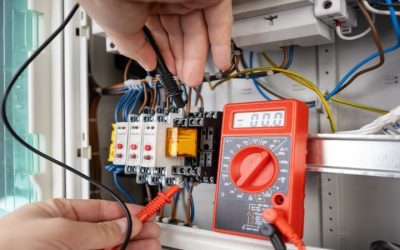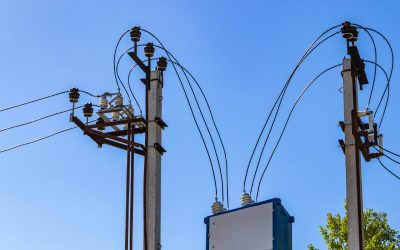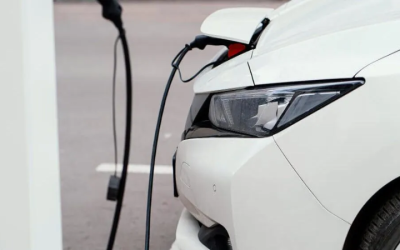When it has to do with failure in mining cables, know what signs to look for. You wouldn’t want to compromise safety and performance when it matters, so keep a regular eye on your cables.
Why Cables Fail
There are four major causes of failure in mining cables: too much tension, mechanical damage, overload, and bad splicing or termination techniques. Let’s break these four reasons down:
1. Too Much Tension. When there’s excessive tension applied to cables, the wires are compressed and stretched well beyond their limit. This weakens the composition of the wires. So the next time they’re bent or flexed, they become more susceptible to damage. That’s why mining cables end up easily ruptured when crushed during runovers, according to the Mining Cable Engineering Hand Book. In addition, jackets also suffer under too much tension. This compromises their resistance to mechanical damage, making the latter happen that much faster and easier, leaving you with nothing but cut or torn jackets. Stretching negatively affects the copper conductors in your cables as well.
2. Mechanical Damage. This is often a result of processes such as cutting, crushing or compression, punctures and abrasions. In extreme cases, cables fail in an instant, which makes it a simple matter to determine what caused the breakdown. In many situations, though, the cables are merely weakened over consistent use so accidents don’t happen until later, which can make it tough to identify what factors caused the breakdown in the first place.
3. Overload. Nothing good ever comes out of overloading things. That goes for cables too. So when there’s too much electrical load sent to a cable, it affects the temperature of the conductors along with the insulation and jacket, increasing the temperature even further. When more electrical load is applied to the cable, its components start losing out to the physical abuse. The higher the temperature goes, the more wear and tear it inflicts on the parts of the cable. At this point, the jacket, for one, isn’t as resistant to crushing and abrasions anymore, as well as to tearing and cutting.
4. Bad Splicing and Termination Techniques. When the splice is too thick, the cable won’t pass through the cable guides or has a tough time going over the sheaves. If the application of the outer covering is badly handled, it can allow water to enter the cable interior, causing problems.
So keep these in the forefront. By avoiding these four mining cable mistakes, your cables will last against any premature breakdown and failure.
Custom Cable Corp. is a leading Mining Cable Supplier and supplies standard mining cable with long life.



